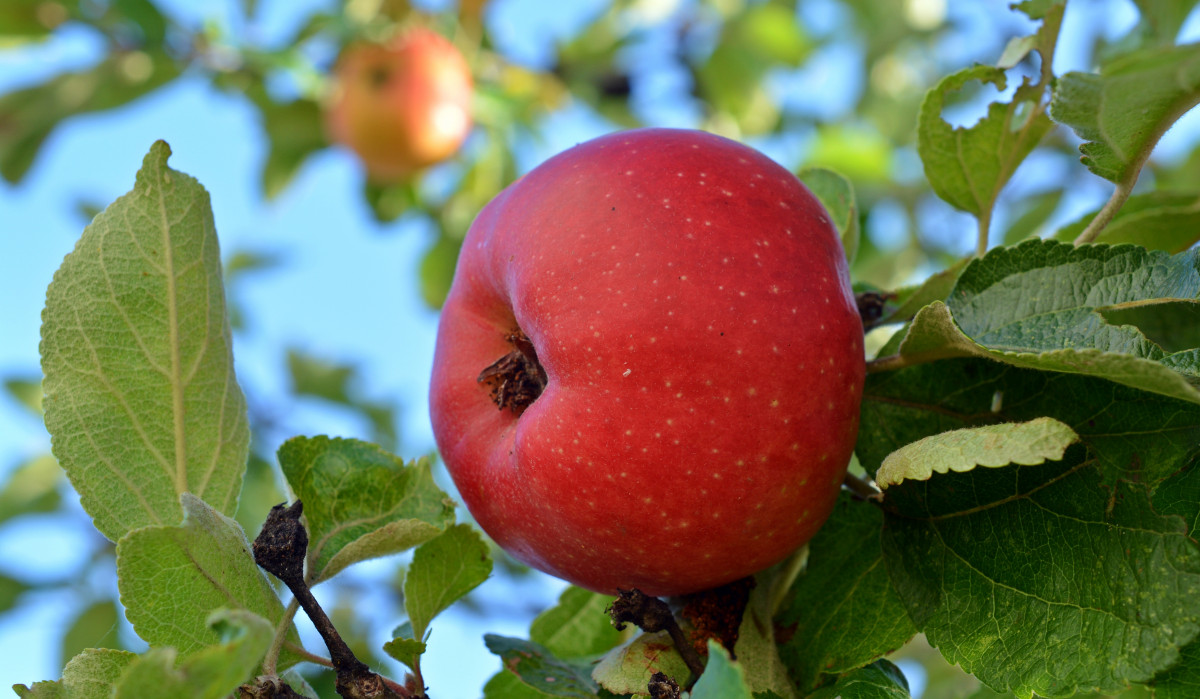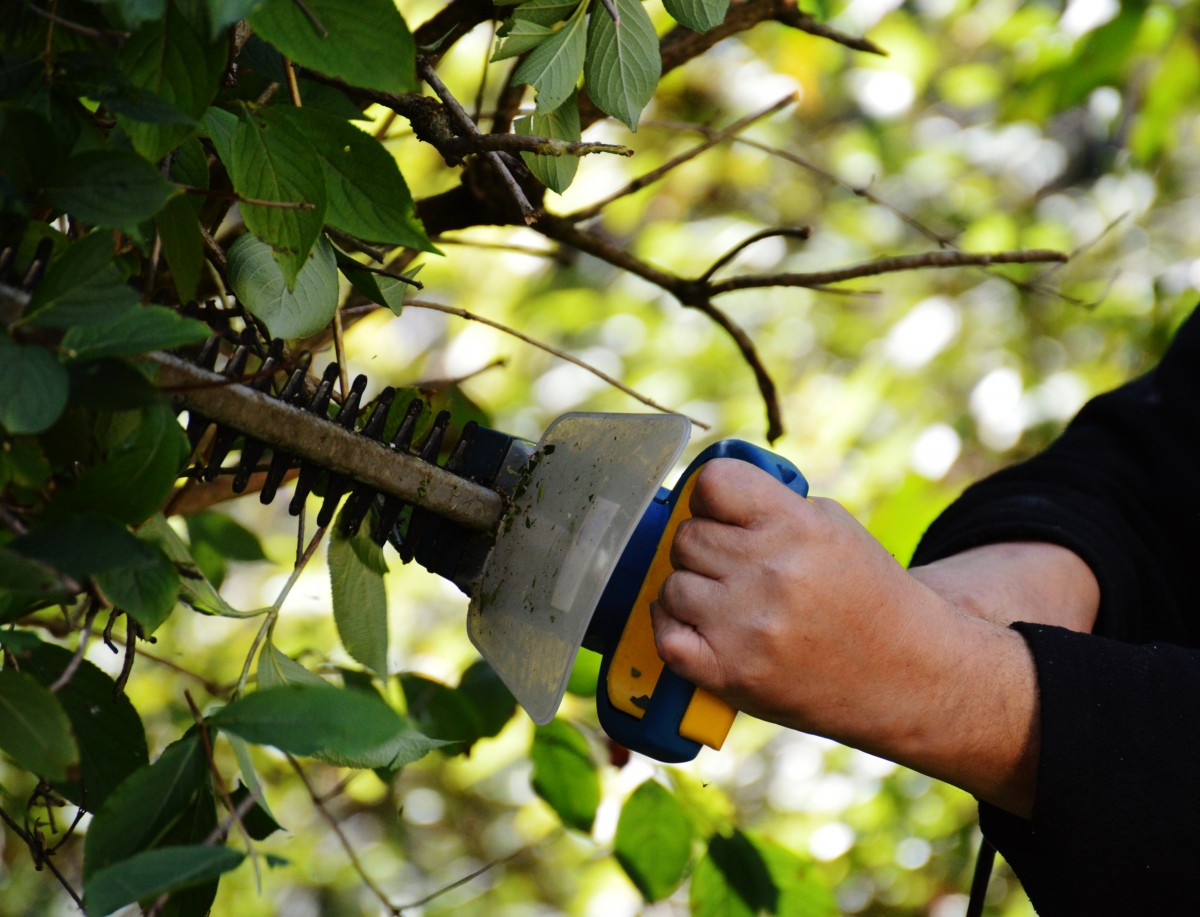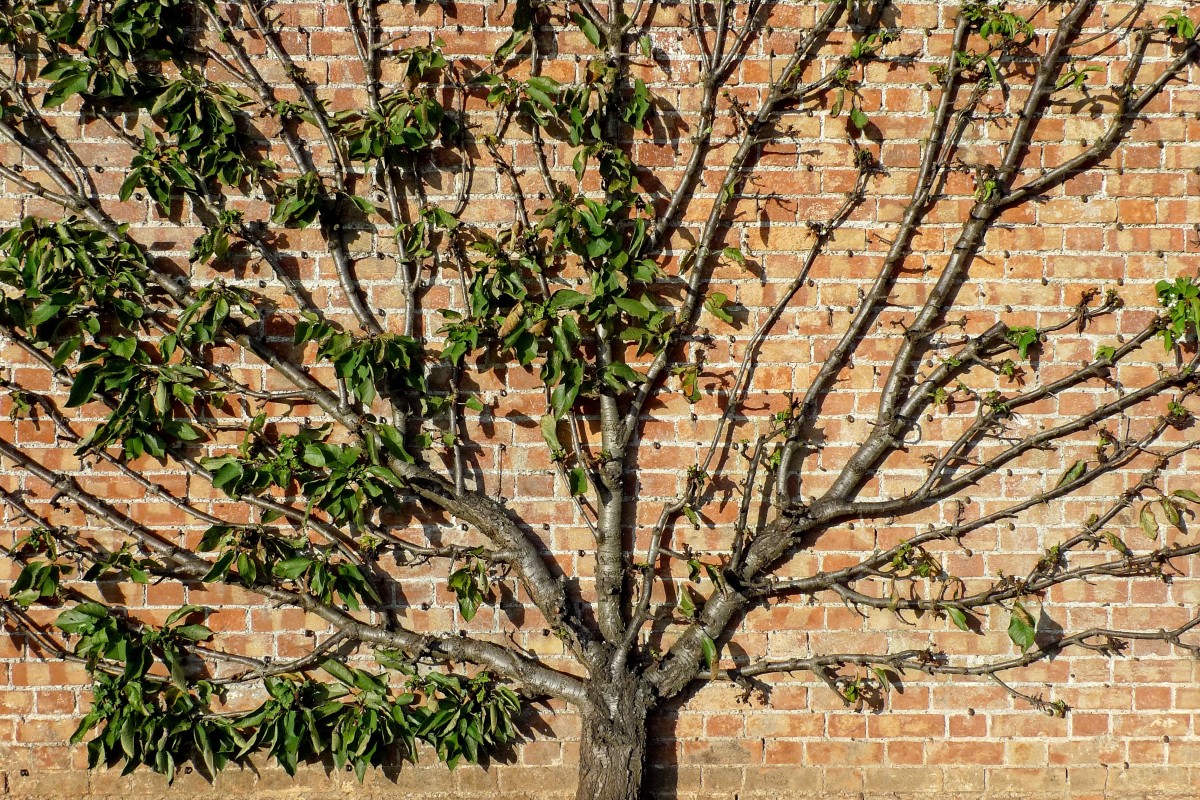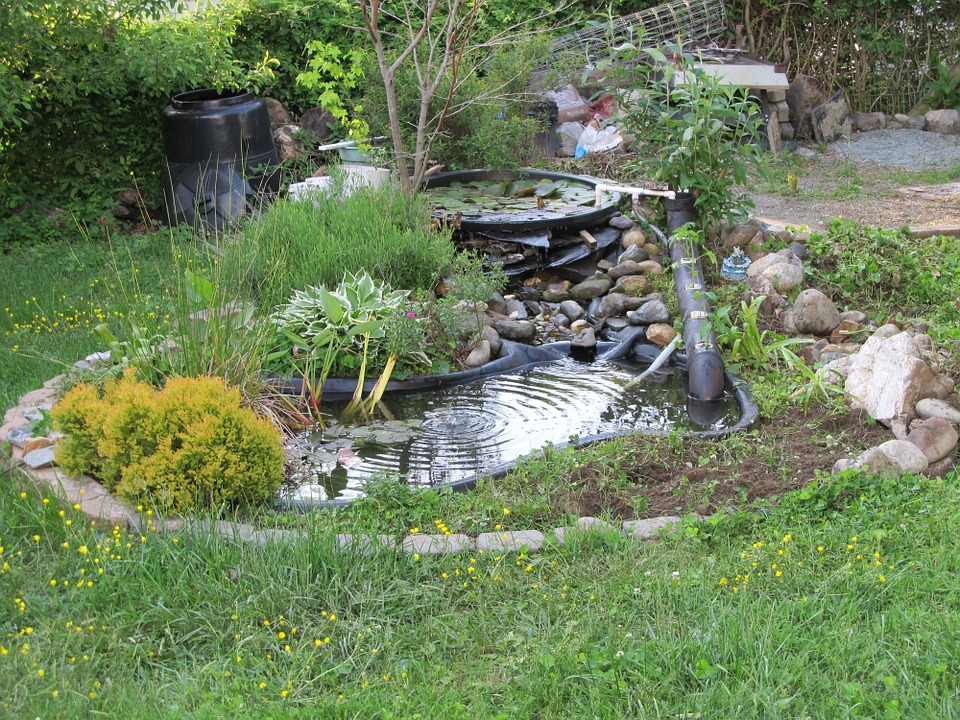Why Prune Fruit Trees
Maintenance pruning is necessary for the development of fruit trees.
Maintaining your fruit trees means pruning them but also thinking about watering them and remembering the fertilization necessary for their fruiting.
Why prune fruit trees?
It is vital to prune fruit trees because:
– Pruning fruit trees stimulates the growth of lateral branches that are close to the main branches.
– Pruning fruit trees brings better fruiting.
Young trees are pruned to prevent them from growing too long or crossing each other.
They are pruned to improve fruit quality and productivity when they mature.
When to prune these trees?

Depending on the variety, fruit trees are pruned at different times.
– Pome trees like apple and pear trees are pruned in winter.
– Stone trees such as cherry, peach or plum are pruned in late summer but not later than September, as they would have difficulty withstanding the scarring.
Tip: it is best to prune trees in the resting period, i.e. when the fruit tree prepares for winter and until winter before the flowers bloom.
Pruning calendar for fruit trees

January
Vine, Sorb, Pistachio, Mulberry, Kiwi, Chestnut, Cherry, Carob, Asiminus, Almond
February
Asiminus, Bergamo, Cherry, Chestnut, Quince, Dogwood,
March
Apricot, Alisier, Cherry, Lemon, Fig, Jujube, Persimmon, Blackberry, Common neem, Orange, Grapefruit, Pear, Vine
April
Apple tree, Grapefruit tree, Orange tree, Japanese medlar tree, Persimmon, Fig tree, Lemon tree, Apricot tree
June
Bergamot, Chestnut, Kumquat, Japanese medlar, Baobab
Different sizes for fruit trees
There are different kinds of pruning, such as training, fruiting, cleaning, and cutting back.
Training pruning
The formation pruning is the one that gives the appearance of the tree.
It differs depending on whether the tree is full wind (natural shape) or trellised.
– The “full wind” trees do not need to be pruned. However, pruning can be done on the less robust trees every 3 to 5 years.
– Espaliered or trellised fruit trees: it is possible to do fruiting pruning on trellised forms. The pruning will be done at three eyes.
Pruning for fruiting
The fruiting pruning removes the dead and broken branches that choke the fruit tree and the low branches.
– We also remove the branches that cross each other and the branches pointing inwards.
– The principle is to maximize the light at all points to have homogeneous fruiting.
– The goal is also that the tree gives a maximum of buds and that the fruits are supplied with sap.
The cleaning pruning
It is also necessary to remove dead and damaged branches as well as those that are intertwined. Rotting fruits will also be removed.
Poorly placed gourmands will also be removed to help the fruit set.
Cutting back
The cutting back is done on all trees. It reduces the length of the main branches by removing their extremities. The lateral branches will be cut back so that the fruiting is done close to the main branch.
– This pruning will stimulate the development, and the fruits will be better supplied with sap.
– We prune the lower branches longer and the top branches shorter.
Where and how to prune fruit trees?
In all cases, the cut must be straight. To do this, clean and sharp tools should be used
– It is essential to prune above an outward-facing bud to allow the branch to grow outward.
– The main branches are selected 1-2 m from their tips, and branches that strangle the tree’s heart or reduce light diffusion are removed.
– After pruning, it is relevant to collect and burn all pruning waste and rotten or diseased fruits that should never be left to vegetate at the foot of the trees to avoid diseases of fruit trees.


